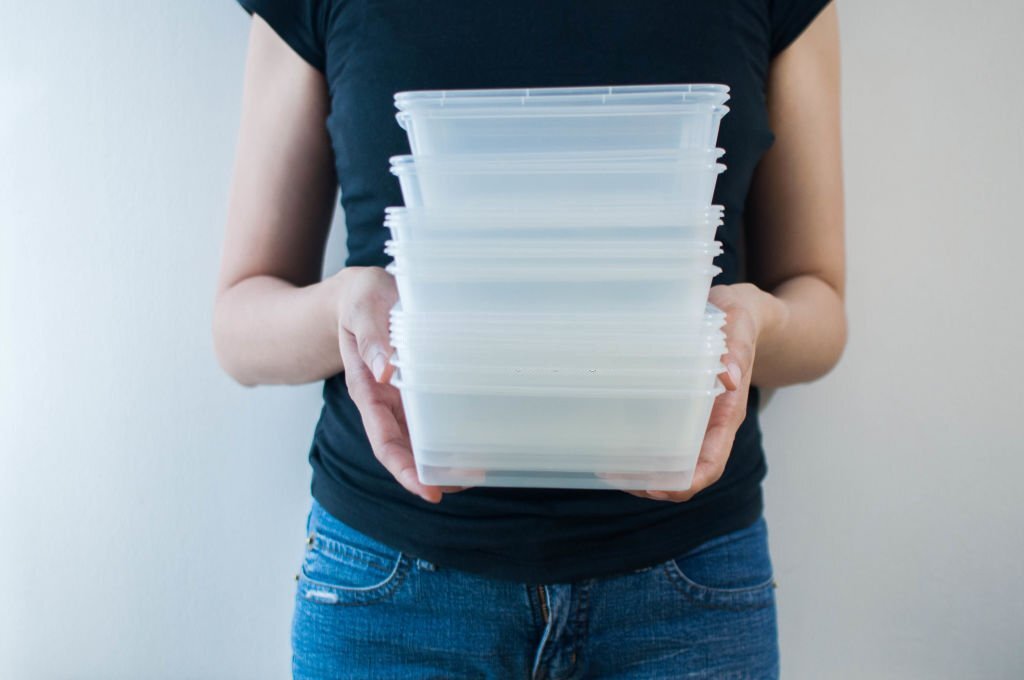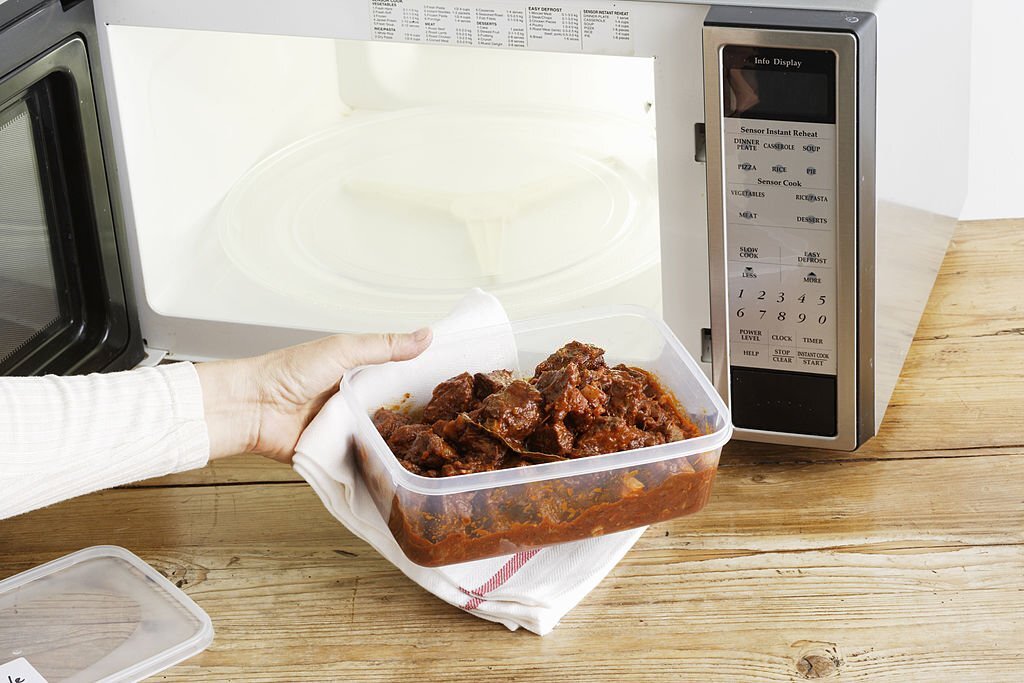
A Detailed Guide to Microwaveable Containers
In this modern era, the need to use safe microwaveable containers has become an integral part of our lives. Knowing if a container is safe and reliable to be put in the microwave is important. It is hazardous for your health and the environment to microwave non-compatible plastic containers. Whether you’re a busy professional, a student with a busy routine, or just someone who appreciates reheating leftovers effortlessly, these containers can alter your daily dining experience. In this detailed guide, we’ll give you an in-depth tour of microwaveable containers, including eco-friendly options, top picks for various foods, and essential tips for safe and convenient microwave use.
What are Microwaveable Containers?
Containers that may be used in a microwave oven are known as microwaveable containers. The materials used in its construction can endure heat and microwaves without melting, distorting, or releasing toxic chemicals into the food.
Are All Plastic Containers Microwave Safe?
Finding the ideal microwaveable food containers can be a little difficult because there are so many options available. However, it is crucial if you want to ensure that your foods heat up properly and without any safety issues. Some plastic containers shouldn’t be used in the microwave because they release dangerous chemicals when they get too hot.
The simplest way to tell whether a glass or plastic container is microwave-safe or not is by checking its label. Microwave-safe containers are generally marked with a symbol. The distinguishable “microwave safe” sign is a simple method to tell if a plastic container is suitable for the microwave. The microwave and wavy lines sign indicate that a specific piece of crockery is safe to use in the microwave. The logo can be seen on a container’s bottom.
For a container to be considered safe for use in the microwave, it has to go through rigorous testing and obtain approval from the FDA.
Plastics Typically Found and Whether They Are Safe for Microwave
Polypropylene – Recycled Code 5
It is a resilient thermoplastic polymer that resists heat. Plastic cups and bottles for babies are two examples of polypropylene vessels. If you approve of using plastic, these are some of the best containers to use in the microwave.
High-Density Polyethylene – Recycled Code 2
It’s a tough high-density plastic that can endure extreme temperatures. It’s good for making milk jugs, toys, and other items however It’s not completely safe but you can microwave it if there’s a safety label from the manufacturer.
Polyethylene Terephthalate – Recycle Code 1
It’s a member of the polyester family and is frequently used. It works well to create plastic bottles, clothing, and food containers. It can withstand heat, but because it’s only meant for one use, it shouldn’t be microwaved unless it’s covered in something that prevents the plastic from leaking into the food.
Size Matters: 24 oz Microwaveable Container vs. 32 oz Microwaveable Container
Microwaveable containers come in various sizes to accommodate your portion needs. A 24 oz microwaveable container is perfect for single servings, while a 32 oz microwaveable container is ideal for larger meals or storing leftovers. Having different sizes on hand ensures you can reheat just the right amount without waste.
Compostable Containers for Microwave Use
People nowadays are more concerned about the environmental harm caused by single-use plastic containers. Containers made of compost have emerged as a more environmentally friendly option. Typically, materials like sugarcane or corn flour are used to create these containers. They naturally decay and don’t leave anything dangerous behind. These environmentally friendly biodegradable containers are a great choice for reheating meals because some of them can even survive the heat of the microwave.
Tips for Safe and Efficient Microwaving
Listed below are a few tips that can ensure your safety and the best results for safe microwaving:
- Always use microwave-safe containers.
- Use microwave-safe glassware and ceramic containers instead of plastic. You should avoid using plastic as much as you can in your day to day kitchen routine.
- Leave lids slightly ajar to allow steam to escape.
- Stir and rotate food during heating for even distribution of heat.
- Be cautious of hot spots when removing containers from the microwave.
- Avoid using plastic wrap directly on hot food; opt for microwave-safe lids or plates.
- Brown bags and paper shouldn’t be used in the microwave. As you heat these bags, the adhesive covering on them may melt and contaminate your food.

Lunchtime Delights: Microwaveable Lunch Containers
Packing your lunch can be a cost-effective and healthy choice, and microwaveable lunch containers make it even easier. These containers come in various shapes and sizes, offering versatility for different meal options. Look for compartments to keep foods separate and containers with removable seals and lids for easy cleaning. Black microwaveable containers are often made from microwave-safe plastic, offering durability and heat resistance. These are not only sleek and stylish but also highly functional. For soup lovers, having the right container is a game-changer. Microwaveable soup containers are tailored for liquids, featuring secure lids that prevent messy spills. The best ones are typically constructed from heat-resistant materials like glass or high-quality plastic, ensuring your soup is heated evenly without damaging the container.
The Science Behind Microwaveable Containers
Ever wonder how these containers work their magic? Microwaveable containers are designed to absorb microwave energy and convert it into heat. The microwaves on the other hand use high-frequency electromagnetic radiation, these waves make the food and drink molecules to quickly vibrate while agitating. This vibration creates heat thus evenly distributing it throughout your food. This process ensures that your meal is heated uniformly, eliminating cold spots and delivering a consistent temperature. It’s like having a mini chef in your microwave.
Conclusion: Elevating Your Microwave Game
The majority of the food storage containers in our kitchens are not microwave-safe. This practice of using unsafe plastic containers in the microwave might cause negative health effects. Therefore, it is essential to look for the microwave-safe label before using the container for microwave cooking or reheating food. Food may be heated and served in microwave-safe containers without having to deal with messy transfers. Containers marked “microwave safe” won’t become heated, are simple to move, and are incredibly durable.
Frequently Asked Questions
A container that is safe to use in the microwave . It is made from materials that can endure heat and microwaves without melting, warping, or releasing harmful chemicals into the food.
Choose a container that is made from a material that is Microwave and freezer safe. Avoid using containers with metal parts. Metal can reflect microwaves and cause uneven heating.
Containers that are made from glass, ceramic, porcelain and microwavable plastic are safe and efficient for use in microwaves.
Majority of the time, environmentally friendly microwave containers are just as strong as conventional microwave containers. The durability of some eco-friendly materials, including glass and ceramic, can sustain years of use. Other materials, including silicone and bamboo, are similarly resilient, but may need to be handled with more care.

